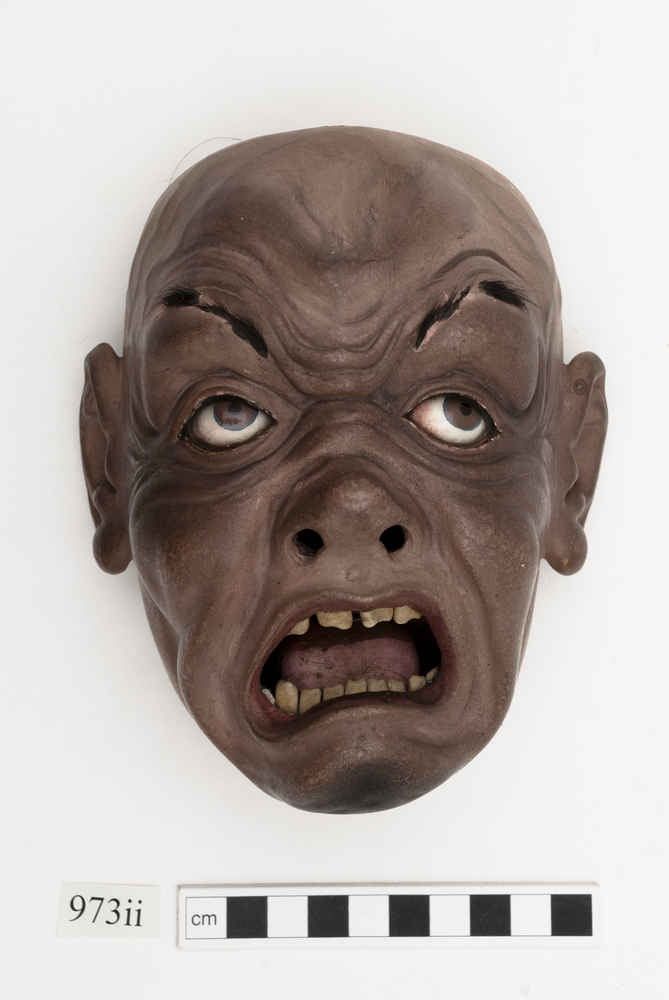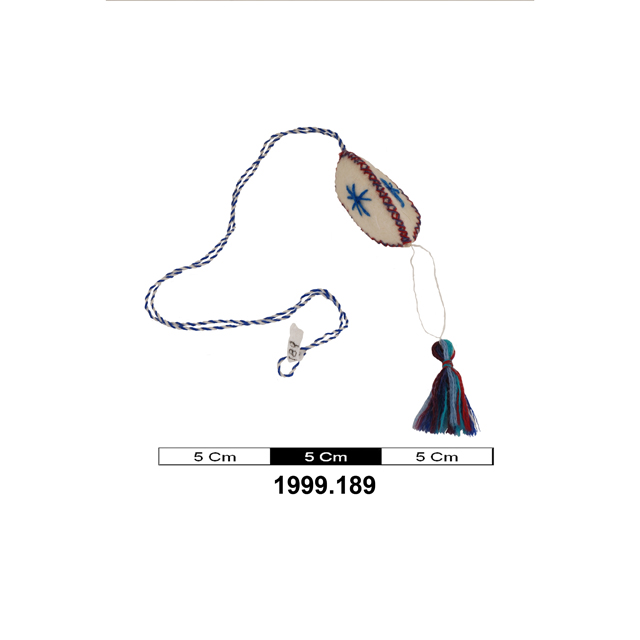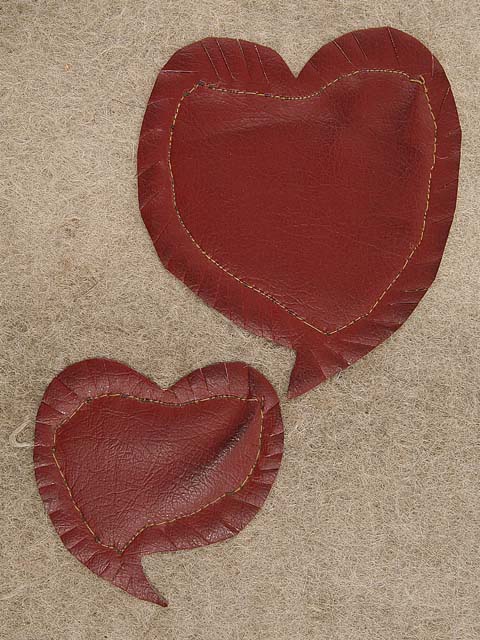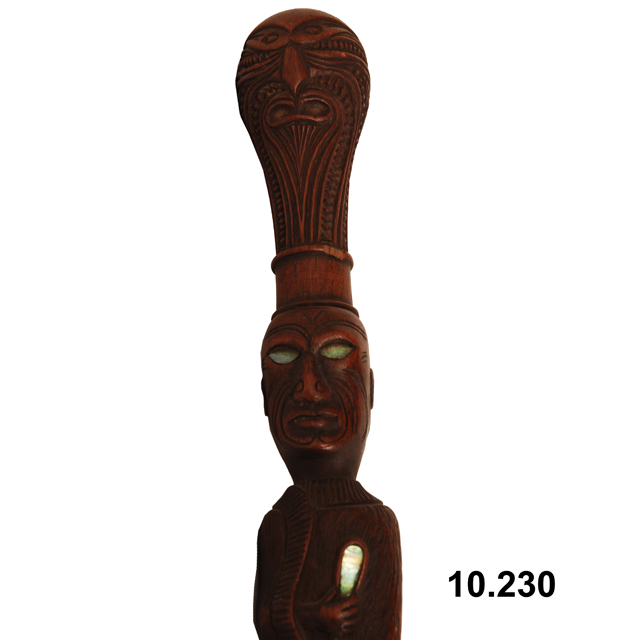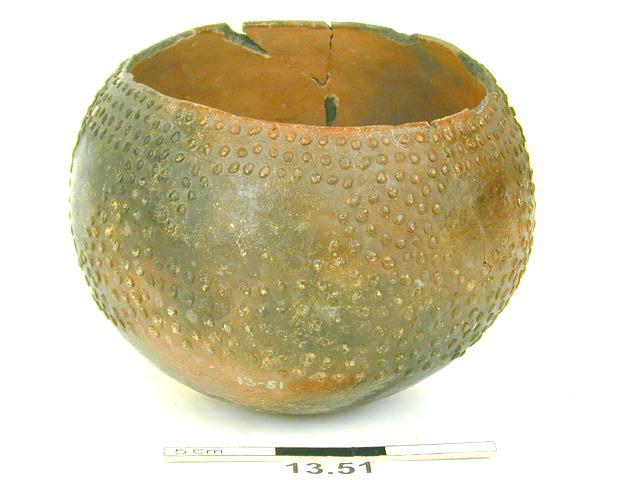
Earthenware cooking bowl with a rounded base, and a globular body with applied clay dots or pads forming a geometric pattern. The pot is smokefired, and glazed on the exterior. It has been reconstructed.
Cooking Pot, Kuro, Fiji, Western Polynesia. Globular cooking pots (kuro) in Fiji, being round-bottomed, were stood up in the fire embers on little clay stands, or propped up on rings of woven Pandanus leaves otherwise. Many different vegetable and meat stews were made in such pots, and once they were on the boil, they were usually stopped up with a cloth wad to reduce the amount of firewood needed to keep them boiling. They were built exclusively by women using a very distinctive method. On a round mat of banana leaf, four finger-thick coils of earthenware clay (into which had been mixed a small proportion of clean beach sand) were placed atop one another in rings above a flat circular base of the same clay. Containing more-or-less all of the material in the finished pot, these coils were then beaten together, thinned and drawn upwards by the women using a toolkit of small and concave wooden paddles on the outside and rounded beach pebbles on the inside. This example has admirably thin walls (3-5mm), and undoubtedly conducted the heat very well. Fritted earthenware, resin. Late 19th Century. Formerly in the private collection of Mr James Edge Partington.



